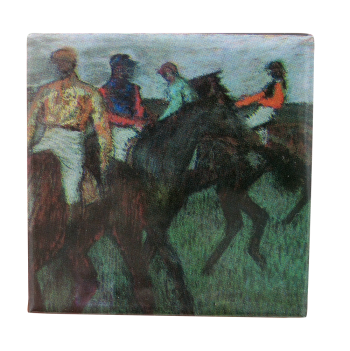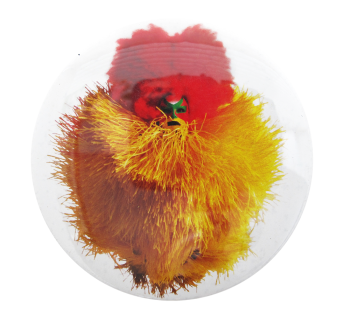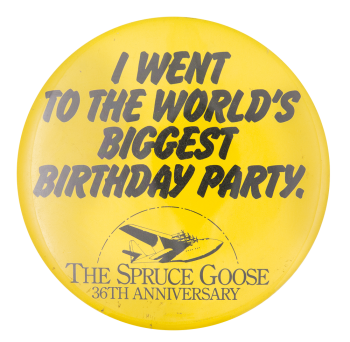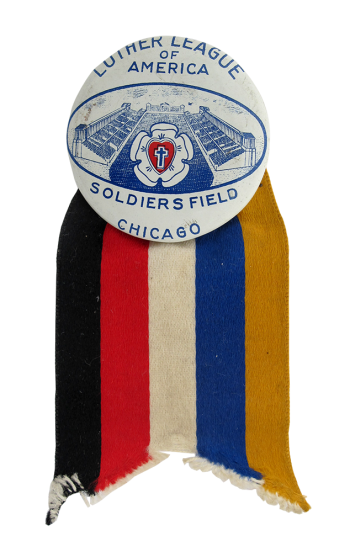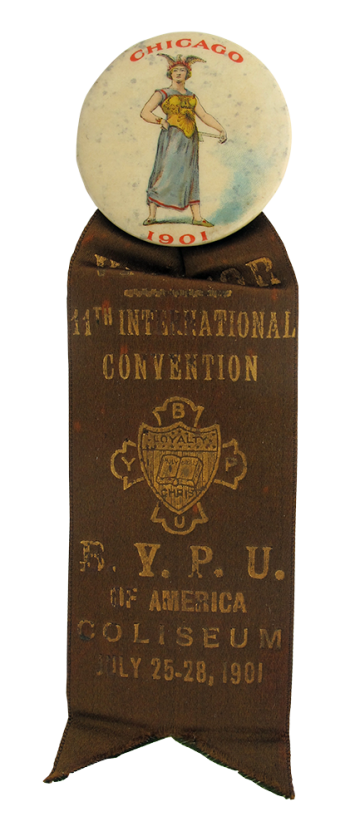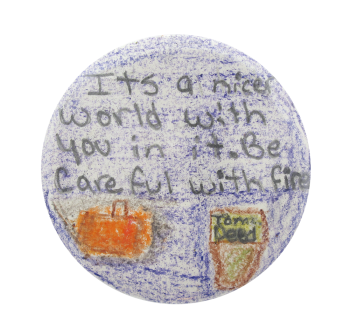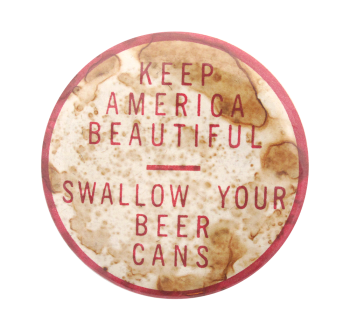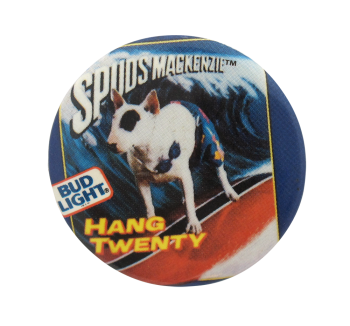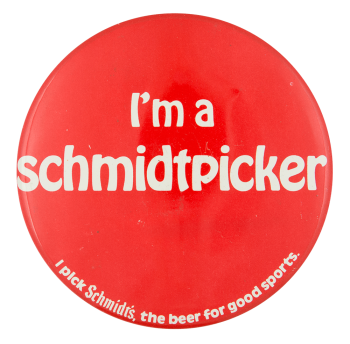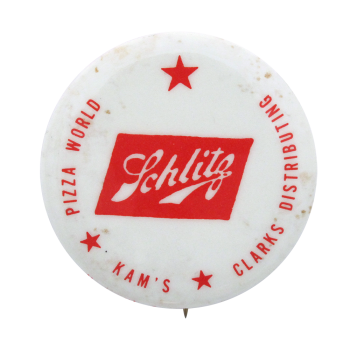Edgar Degas Racehorses
| Category | |
|---|---|
| Additional Images | |
| Sub Categories | |
| Image Description | An illustration of four jockeys riding hoses in different/several directions. |
| Back Style | |
| The Shape | |
| The Size | |
| Additional Information | Edgar Degas is a famous French artist who lived from 1834 – 1917. This work, Racehorses, was a work in progress from 1895 to 1899 and was made using pastels to paint. There are two other versions of this work that show variation in colors and details, but this particular version can be found at the National Gallery of Canada, in Ottawa, Ontario. |
| Catalog ID | AR0151 |

